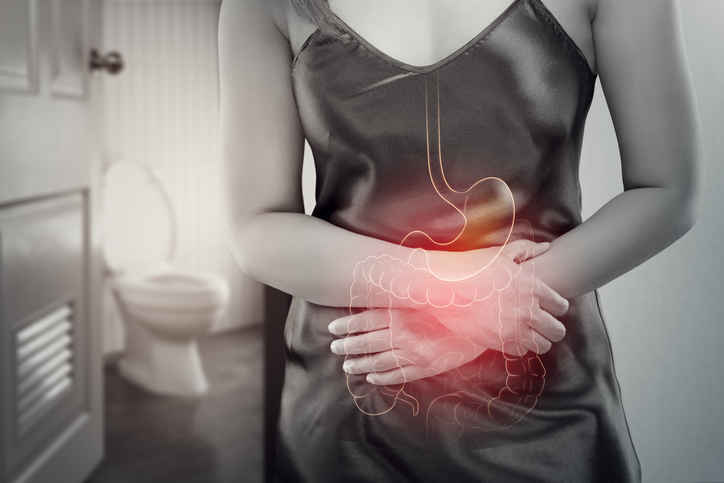Wellness
Nutrition and Long-Term Opioid Therapy

Nutrition is an important factor in the management of chronic pain. For example, increased protein intake has shown to correspond with lower pain levels, and greater consumption of fruits and vegetables may reduce the risk of certain cancers and slow the progression of coronary heart disease. Opioids are a common treatment approach when dealing with chronic pain conditions. However, long-term opioid therapy can negatively impact weight, nutrient intake, and eating behavior.
Weight
Studies show an increase in weight or obesity when long-term opioid therapy is the main treatment option for chronic pain. There is also a strong correlation with increased weight in the midsection. This is most often due to an increase in daily caloric intake and poor eating behavior.
Nutrient intake
Some specific nutritional deficiencies have been found more frequently among patients undergoing long-term opioid therapy. In a specific study, one-third of male patients and one-half of female patients were found to consume significantly fewer vegetables than recommended by the American Heart Association.
The amount of vitamin D and magnesium that is absorbed is also significantly lower than recommended. Conditions such as fibromyalgia, low back pain, migraines, and musculoskeletal pain have shown to be positively impacted by adequate consumption of vitamin D and magnesium.
Poor eating behavior
Certain eating habits are noticeable with long-term opioid therapy. Research shows an increase in the consumption of foods high in added sugars, sodium, aspartame, saturated fat, and additives when chronic pain is treated with long-term opioid therapy. This contributes to increased weight and the risk of becoming obese.
Additional sources: Integrative Pain Science Institute and ScienceDirect
















